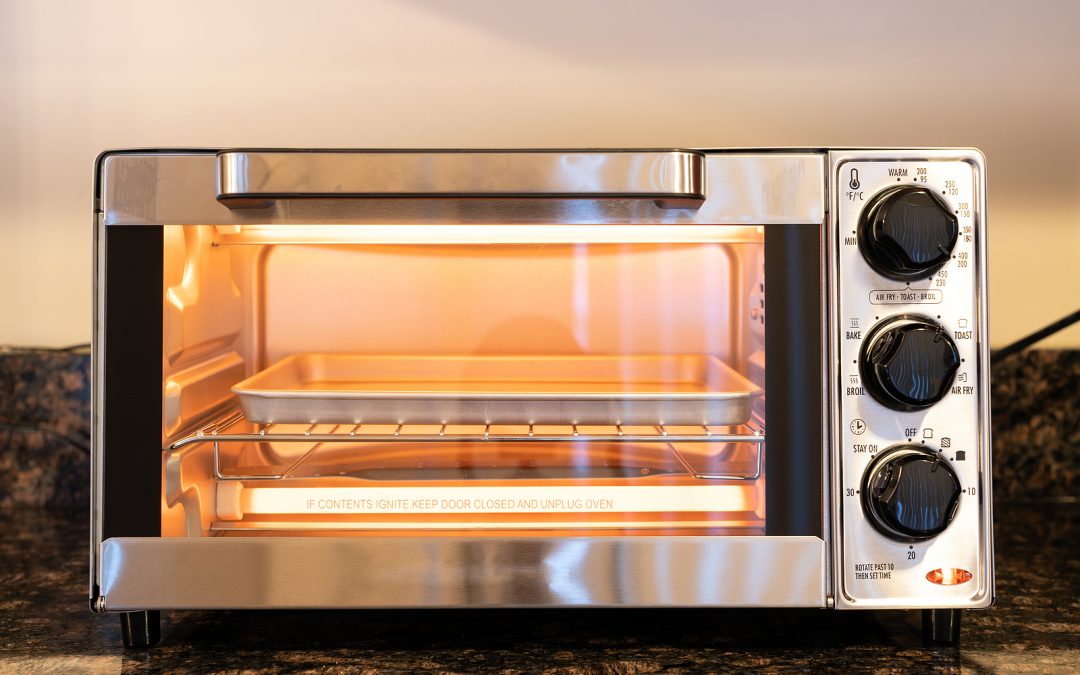With worries about the cost of electricity and gas looming large, many people are considering what they can do to reduce their energy usage.
To that end, many people have been tempted to replace their larger oven ranges and AGAs with a smaller, tabletop toaster oven.
These smaller machines supposedly require less intensive oven cleaning, do not take as long to pre-heat, and are therefore more optimised for single-person use, cooking smaller dishes and reheating small portions, which can be achieved more effectively in a toaster oven than a microwave.
It can also be used to crisp up dishes whilst a microwave can sometimes result in soggy albeit warm food.
The efficiency, small form factor and portability have made them very popular, as has the ability to remove the different parts and clean each part individually.
However, there are some disadvantages to factor into the equation before deciding to replace all but the largest cooking jobs with a toaster oven.
The most obvious issue comes with its small size, which means roast meats, large pizzas and large casseroles simply cannot fit in a toaster oven’s small inner chamber.
One of its most major issues is in how the toaster oven cooks compared to a traditional oven. It heats up quicker, which means that some dishes cook quicker than you may expect, leading to the risk of overcooked and burned food at first.
As well as this, toaster ovens have a habit of cooking more unevenly than a traditional oven and take longer to cook food through than comparatively contemporary air fryers.
However, with that in mind, there are a lot of benefits to having a toaster oven to hand if you do not need to cook huge portions every time, and it could potentially replace a microwave or a conventional toaster in everyday usage.
However, it is unlikely to replace a conventional oven unless you are certain you will never batch cook or make a roast dinner.
